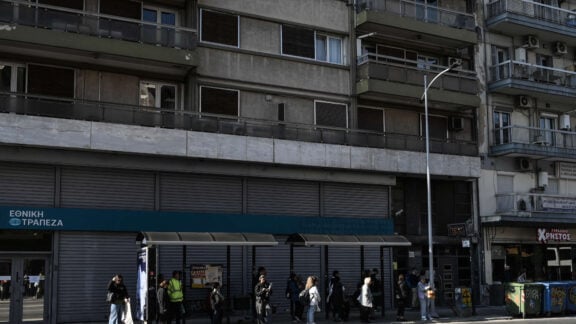Rough weather conditions have hampered the search for AirAsia flight 8501, which disappeared from radars last weekend, carrying 162 passengers. The plane was confirmed to have crashed into the Java Sea earlier on Friday, after a massive search that took place on Thursday, engaging 29 ships and 17 aircraft.
According to the Indonesian chief of operations, 30 bodies and two big parts of fuselage of the Airbus A320-200, that crashed into the sea during a storm. The search has been narrowed to an area of 1,575 square nautical miles, while the officials are focusing on retrieving the plane’s black boxes in order to determine the cause of the crash.
“With the discovery of an oil spill and two big parts of the aircraft, I can assure you these are the parts of the AirAsia plane we have been looking for,” Bambang Soelistyo, search and rescue agency chief, told the press.
“The larger of the objects was around 10 metres by five metres in size.”
“As I speak we are lowering an ROV (remotely operated vehicle) underwater to get an actual picture of the objects detected on the sea floor. All are at the depth of 30 metres, but a strong current has made it difficult to operate the ROV” Soelistyo added.
The Indonesia transport ministry confirms that the fatal AirAsia plane was flying on an unauthorised schedule when it crashed, forcing the government to freeze the airline’s permission to fly the route.
“Flight 8501 was en route from the Indonesian city of Surabaya to Singapore early on Sunday, at a flight time that had not been cleared by officials,” said director general of air transport Djoko Murjatmodjo.
“It violated the route permit given, the schedule given, that’s the problem.”
Most experts believe that the crash was caused either by icing or severe updrafts.
“I suspect the aircraft climbed into the storm and picked up ice that would either render the airspeed indicators unreliable or cause icing on the wings,” a former senior RAAF officer said.
“The pilot might have thought he was flying faster than he was or the wings iced up and altered shape which adds to the likelihood of a stall.”
Meanwhile, the Indonesian police brought back Kevin Alexander Soetjipto’s body. The Australian student who perished in the AirAsia crash body, was one of the three identified bodies retrieved from the plane crash. The young man was travelling from Indonesia to Singapore with relatives. The Monash University student’s remains were given to his family earlier today in a wooden coffin covered in flowers with his name printed on the outside in Surabaya, Indonesia.
Other victims’ remains were also handed to relatives during said ceremony. Five of the bodies retrieved in the Jave Sea were found strapped in their seats.








